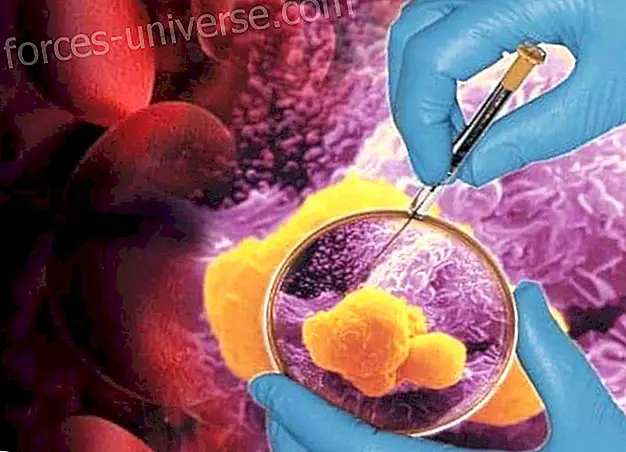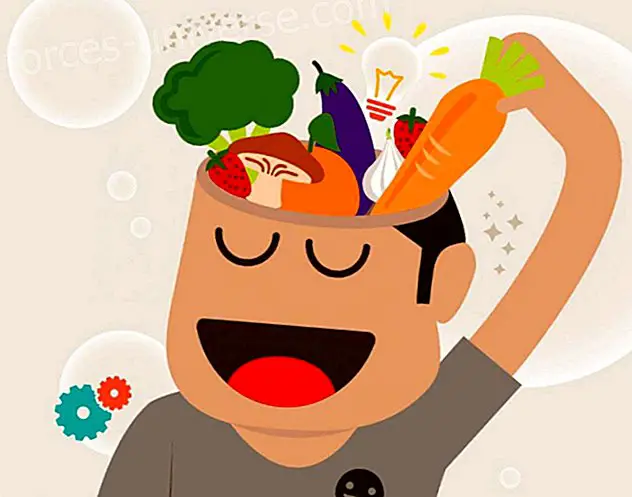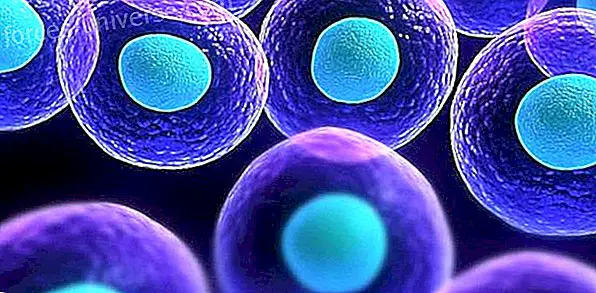
Are there several types of depression? Discover how they are classified
It is common to feel a downturn from time to time or feel sad about an event that may have happened in your life. In fact, as we discussed in the article "Personal Development: 5 reasons for self-reflection", suffering can make you grow as a person.
But if the suffering is persistent, you are sad most of the time and it affects your daily life, you may suffer depression.
Types of depression and their characteristicsDepression is common in these times, and it is common for people to resort to drugs to relieve the pain they feel with this pathology. Prozac (fluoxetine), also called the drug of happiness, is consumed regularly in developed societies. Drug treatment is only advisable in very serious cases, and it is always better to resort to psychological therapy for proper treatment. It is important to understand that psychologists can also help you overcome depression using their techniques and methods, which do not have to include any psychoactive drugs.
Depression is part of mood disorders and affects our well-being, our social interaction, our appetite and sexual desire. Since there are many types of depression and each with its characteristics, here are the different types of depression:
Major depressionMajor depression is the most serious type of depression.
It is characterized by the appearance of one or several depressive episodes of minimum 2 weeks duration. It usually begins during adolescence or young adulthood. The person suffering from this type of depression may experience normal mood phases between depressive phases that can last for months or years. It is classified within the unipolar episodes since there are no phases of mania, and it can cause very serious problems for the patient if it is not treated effectively.
Symptoms of major depression
These are some of the symptoms of major depression according to the DSM-IV-TR manual:
- Depressive mood most of the day, almost every day (1)
- Loss of interest in activities that were once gratifying (2)
- Weight loss or gain
- Insomnia or hypersomnia
- Low self-esteem
- Concentration problems and decision making problems
- Feelings of guilt
- Suicidal thoughts
- Psychomotor agitation or delay almost every day
- Fatigue or loss of energy almost every day
According to the DSM-IV, there should be the presence of five (or more) of the above symptoms over a period of 2 weeks, which represent a change from the previous activity; One of the symptoms must be (1) depressive mood or (2) loss of interest or the ability to feel pleasure.
Types of major depressionWithin major depression, there are different types of major depression:
Depression with a single episode: caused by a unique event in life and depression only has that appearance.
Recurrent depression: Appearance of depressive symptoms in two or more episodes in the patient's life. The separation between an episode must be at least 2 months without presenting the symptoms.
DysthymiaAmong the types of depression, dysthymia is less severe than major depression. It is a type of unipolar depression (does not include manic symptoms) and interferes with the normal functioning and well-being of the individual suffering from it.
The essential characteristic of this disorder is that the patient feels depressed for most of the day, most days for at least 2 years. Many people with dysthymia can also suffer from severe depressive episodes at some time in their life.
Dysthymia symptoms
The symptoms of dysthymia are:
- Loss or increased appetite
- Insomnia or hypersomnia
- Lack of energy or fatigue
- Low self-esteem
- Difficulties concentrating or making decisions
- Feelings of hopelessness
- Manic depression
This type of disorder, also called "bipolar disorder" is classified as a type of mood disorder. Although we can include it within the types of depression, it combines depressive states with states of mania, that is, there are extreme ups and downs. Bipolar disorder is a serious pathology, and should not be confused with an emotional instability state.
The treatment is different from a depression, and requires mood stabilizers (such as lithium).
Symptoms of manic depression
Depressive symptoms may include:
- Persistent feelings of sadness
- Feeling hopeless or helpless
- Low self-esteem
- Feeling of ineptitude
- Excessive guilt
- Desires to die
- Loss of interest in usual activities or previously enjoyed
- Difficulty in relationships
- Sleep disturbance (for example, insomnia, hypersomnia)
- Changes in appetite or weight
- Decreased energy
- Difficult to focus
- Decreased ability to make decisions
- Suicidal thoughts or suicide attempts
- Frequent physical discomfort (for example, headache, stomach ache, fatigue)
- Attempts or threats to escape from home
- Hypersensitivity to failure or rejection
- Irritability, hostility, aggression
Manic symptoms may include:
- Exaggerated Self-Esteem
- Less need for rest and sleep
- Greater distraction and irritability
- Excessive participation in pleasant and high-risk activities that can cause painful consequences, for example provocative, destructive or anti-social behavior (sexual promiscuity, reckless driving, alcohol and drug abuse).
- Increased loquacity (for example increase in speech speed, rapid changes of subject, intolerance to interruptions)
- Feelings of "excitement" or euphoria
- Marked mood changes, for example unusually happy or silly, strangely angry, agitated or aggressive
- Greater sexual desire
- Higher energy level
- Little common sense in sensible people
- Seasonal Depressive Disorder (SAD)
This depressive state is characterized by occurring during a certain time of the year, usually during winter.
Symptoms usually intensify slowly in late autumn and in the winter months. These symptoms are very similar to those that occur in other types of depression:
- Hopelessness
- Increased appetite with weight gain
- Increased sleep (little sleep is more common with other forms of depression).
- Less energy and ability to concentrate.
- Loss of interest in work and other activities.
- Slow movements
- Social isolation.
- Sadness and irritability.
There is also another variant of the SAD and that some people suffer in summer:
- Lack of appetite
- Weight loss
- Insomnia
- Irritability and anxiety
- Restlessness
- Psychic depression
Psychological depression is a subtype of major depression which occurs when a severe depressive illness includes some type of psychosis. Unlike the other types of depression, it is characterized by the presence of psychotic symptoms: hallucinations and / or delusions
Postpartum DepressionWithin the types of depression, we can include postpartum depression. It is characterized because it can occur shortly after childbirth.
This type of depression can occur until a year later than the woman has given, although it is customary to occur within the first three months after delivery.
Causes of postpartum depression
Some of the causes of postpartum depression are the following:
- Changes at the body level of pregnancy and childbirth (for example, due to hormonal change).
- Changes in labor and social relations
- Have less time and freedom for yourself.
- Changes the sleep-wake cycle due to birth.
- Concerns about her ability to be a good mother.
Source: http://psicologiaymente.net/
Are there various types of depression?






